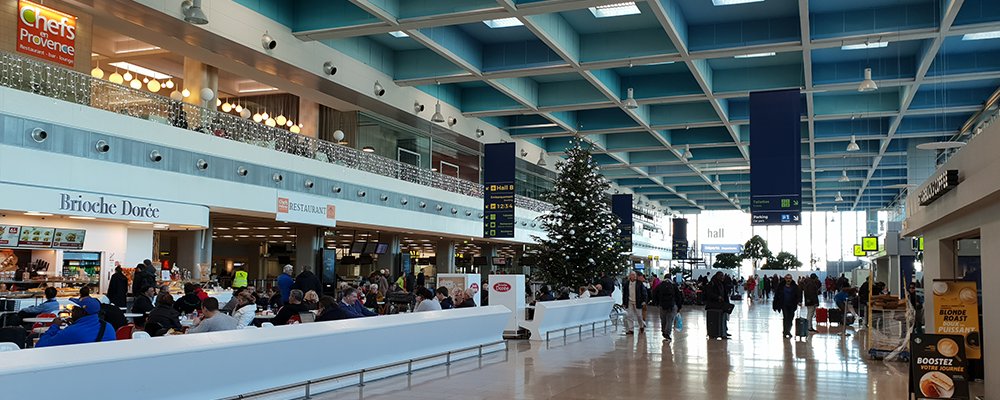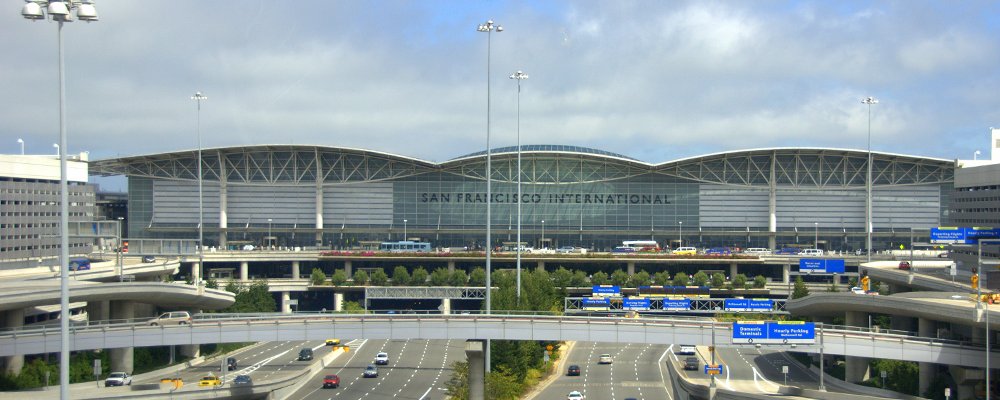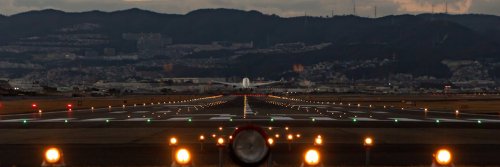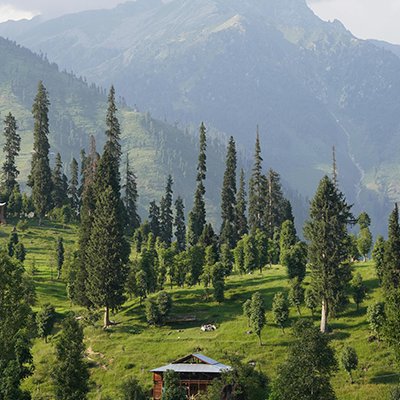Airports are more than just transit hubs these days. They are not only works of magnificent architecture, but are transforming the passenger experience into a thing of beauty. So, it’s no surprise that there is an award for it.
Prix Versailles is behind the accolades for the World’s Most Beautiful Airports. The annual selection highlights airport terminals that combine operational, ecological, and aesthetic qualities.
The 2025 list includes six airports across Asia, Europe, North America, and the Indian Ocean, chosen for their architectural design and contribution to sustainable development in the built environment.
Jérôme Gouadain, Prix Versailles’ Secretary General, said: “The mark left by airports stems chiefly from their ever-growing role in international exchanges. As a result, this infrastructure must resolve formidable difficulties in terms of flow management and the aircraft themselves.
“But this new brand of facilities can also be seen as works of art, or at least as things of beauty. In fact, we should strive to make this happen, given their inescapability in our built environments and our landscapes.”
He added: “Orientated towards operational, ecological and aesthetic excellence, these hubs also convey shared values, culture or even a tribute to the past, out of respect for the legacies left behind by earlier generations.”
The Most Beautiful Airports of 2025 are:
Yantai Penglai International Airport Terminal 2, Yantai, China
Spanning 167,000 m², the architecture of the airport’s new Terminal 2 pays homage to Yantai’s unique coastal landscape.
Aedas, in collaboration with CSWADI and the Shanghai New Era Airport Design and Research Institute, drew inspiration from the majestic Kunyu Mountain for its sweeping roofline and undulating shapes that convey both dynamics and harmony.
The terminal’s E-shaped layout was developed to optimise passenger flow and minimise the impact on the existing terrain. Operational flexibility, allowing the spaces to be adapted as needed in real time, was a key consideration. Natural light permeates the entire terminal, culminating in a glazed diagrid dome crowning a multi-level atrium.
The interior curves, materials and tones echo the nature all around the structure, with reinterpretations of wooden ships’ hulls scattered here and there in a nod to the Maritime Silk Road. The building symbolises openness and interconnectedness with others in a new emblem for the Shandong Peninsula.

Marseille Provence Airport Terminal 1, Marignane, France
A bright, new Cœur (“Heart” in French) designed by Foster + Partners now unifies Terminal 1 with a 22,000 m² extension that conveys peace and relaxation without expanding the terminal’s footprint on the ground.
This window-lined hall standing 22m tall was built of 70% recycled steel and features an inverted beam roof and a grid of skylights framed with polished aluminium allowing for natural ventilation. For this project, 28,000 m² of space was restored, in keeping with Fernand Pouillon’s original 1960s terminal and integrated with Richard Rogers’ further development in the 1990s.
Now, travellers go through security under a timber canopy, and the spaces containing shops and restaurants – likewise made of wood – are a reference to the boat houses of the Old Port of Marseille. Glass façades provide for maximum transparency, with views of Provençal hinterland on the one side and a maritime lagoon on the other, in a wonderful blend of hospitality and style.
Roland Garros Airport Arrivals Terminal, Réunion Island, France
More than an extension, the new 13,000 m² Arrivals Terminal is the world’s first tropical bioclimatic airport structure at this scale.
On an island that is subject to increasingly intense weather phenomena, this technical feat was achieved by working with 91% local businesses. One bold feature of this wealth of expertise comes in the form of a central “canyon” that defines both the form and function of the building, and that acts as a thermal chimney enabling natural ventilation.
On Réunion Island, trade winds are a blessing, so 830 sets of louvred shutters connected to sensors on the façades adjust their angles in real time in response to changing weather conditions.
The firm AIA Life Designers has delivered a sensory journey for travellers through the extensive use of wood and native vegetation, in a living expression of the island’s landscape and culture.
Kansai International Airport Terminal 1, Osaka, Japan
Originally designed 30 years ago by Renzo Piano, on an artificial island in the middle of Osaka Bay, Kansai International Airport is an architectural icon. With its elegant structure and aerodynamic roofline, it is also the longest airport in the world. The challenge with which Populous was tasked was to secure the site’s long-term growth by making the best possible use of existing infrastructure.
This has now been achieved for Terminal 1, with its capacity to accommodate international travellers expanded by 25%, as part of an attractive, functional setting that has been entirely revisited.
All the interior spaces have been reinvigorated with a palette of natural materials to give the terminal a distinctly Japanese feel. In parallel, a smart queue management system now delivers streamlined solutions for passengers. The terminal’s successful reopening, in time for the 2025 World Expo, honours the history of an extraordinary site.
Portland International Airport Main Terminal, Portland, United States
The new Main Terminal, designed by ZGF, was inspired by walks in the forest, resulting in a calming, immersive experience for travellers. The star of the project is its undulating mass timber roof, extending over 36,000 m², which celebrates Oregon’s history of forest product innovation. Materials were sourced from local industry within a 500km radius of the airport.
A “forest to frame” system was created to track as much of the wood as possible back to its forest of origin. The spectacularly scaled structure promotes access to natural light, views of the forested landscape, and the incorporation of a multitude of biophilic elements.
The subtle composition of its interior, arranged as a series of rooms, takes its cues from the city’s urban fabric. A resplendently staged renovation that is both sustainable and functional.

San Francisco International Airport Terminal 1, San Francisco, United States
With its 25 new boarding gates, Terminal 1 is the fruit of an ambitious transformation that was launched by San Francisco International Airport, Gensler and Kuth Ranieri.
In response to one of its main objectives, the renovation has reduced the building’s carbon footprint by 79% and its energy usage by 59%. With soft natural light filtering through to every level, the new terminal provides a soothing, restorative setting for travellers.
The architecture unfurls in a celebration of arts and crafts that reflects the unique character of the Bay Area. In fact, the airport is becoming a real cultural destination with the SFO Museum, the world’s only accredited museum at an airport, which allows more robust exhibits and art to be shared throughout the terminals.
Terminal 1 is a tribute to Harvey Milk, a trailblazer for inclusion, making it a truly radical structure in this day and age.
Three of these airports will receive further recognition in December 2025, when Prix Versailles awards its annual World Titles for Interior or Exterior design.
 Andy Probert is an independent journalist who writes about global travel news, airlines, airports, and business. His work has appeared globally on the BBC, and in many national newspapers and magazines.
Andy Probert is an independent journalist who writes about global travel news, airlines, airports, and business. His work has appeared globally on the BBC, and in many national newspapers and magazines.















